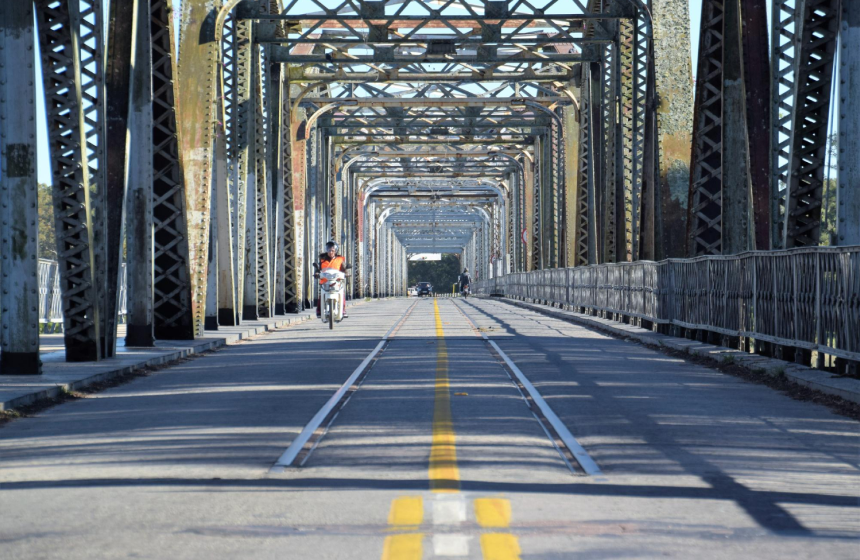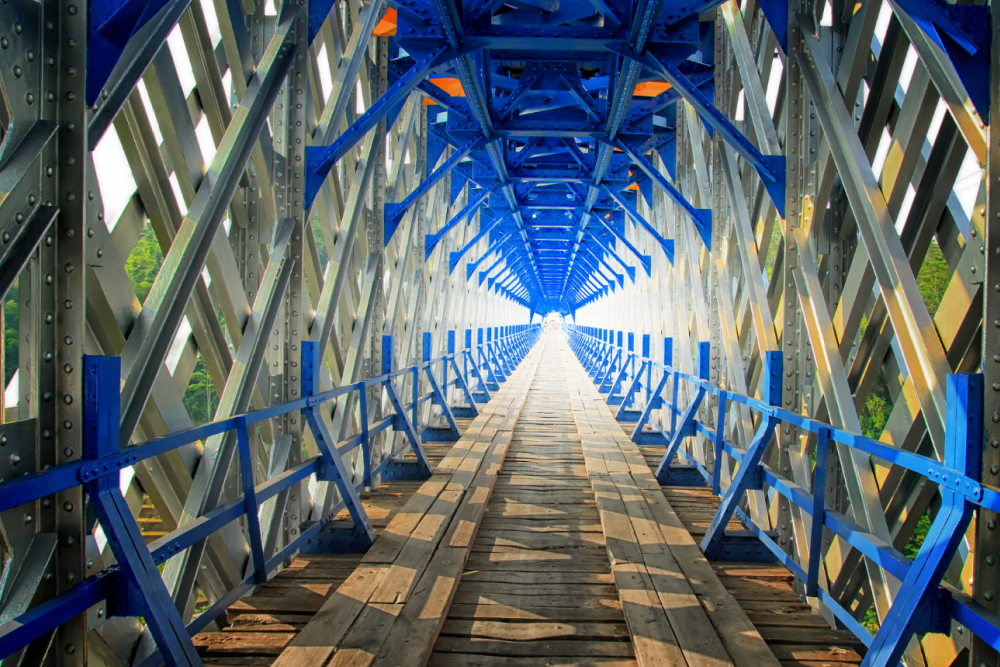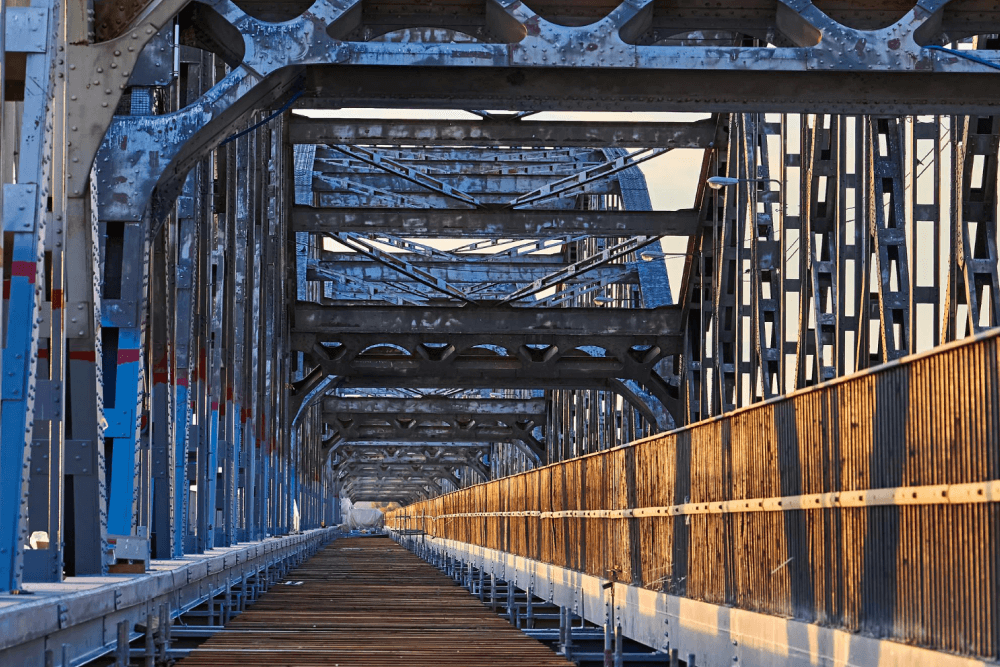Bridge Coatings

Coatings provide the primary corrosion protection system for steel highway bridges. There are currently approximately 610,000 highway bridges in the U.S.; approximately 180,000 of these are constructed from steel. Although steel bridges are still being built, the majority of steel bridges were constructed between 1920 and 1970. In recent years, the construction of new highway mileage has slowed and the use of concrete for construction of new bridges has increased. These factors indicate that the primary issues regarding steel bridge coatings lie with maintenance of the many existing—and aging—inventory of steel bridges. The median age of the existing inventory now exceeds 40 years, and a large percentage of coating systems protecting steel bridges have met or exceeded their useful service lives. There is currently an increasing demand for maintenance and replacement of coating systems on steel bridge structures. Bridge painting practices have changed significantly over the past two decades. Typical, evolutionary changes in surface preparation and coatings material technology have been accelerated by environmental and health and safety regulations to produce revolutionary changes in bridge painting methodology. Specifically, the requirement to build controlled containment structures around surface-preparation and coating-removal operations and requirements for dramatic reductions in solvent content of industrial coatings have forced significant changes in painting practices. These changes have not only created cost increases of 200% to 500%, but have also made innovation a key driver for success in the bridge painting arena. According to a study by the National Association of Corrosion Engineers (NACE), “Corrosion Costs and Preventive Strategies in the United States,” the annual cost of corrosion for highway bridges is estimated to be between $6.43 billion to $10.15 billion and is increasing.
Bridge painting is a cost-effective means of extending the functional performance of steel bridges. It should be in the toolkit of every state highway agency; all state highway agencies will be required to use it due to its economic impact to the taxpayer and its function viability. The applied polymeric coating (where pertinent) should serve in an aesthetic and corrosion preventive manner for an extended period of time; based on the results of this scan, at least 15 years and up to 30 years. The range is an estimate and should only be dependent on localized structure environment, not other controllable parameters such as surface preparation and application methods. Additionally, the painting work must meet regulatory requirements regarding both environmental and worker/public safety and health. The seemingly simple act of applying paint to bridge steel must accommodate all of these needs for it to be a practical solution to preventing corrosion.


The scan team identified several factors that would result in premature coatings failure (singly or in combination with others), including:
- Inadequate surface preparation or coating application
- Residual surface contamination
- Incorrect coating thickness
- Improper environmental conditions for application
- Incorrect mixing or agitation
- Inadequate/incorrect coatings/materials
- Extreme exposure conditions
- Inadequate inspections
- Inadequate qualified contractors
- Inadequate specifications
Contact Info
- info@alimezaini.com
- +971 3 767 4602
- Al Ain, UAE
Get In Touch
Contact Info
- info@alimezaini.com
- +971 3 767 4602
- Al Ain, UAE










